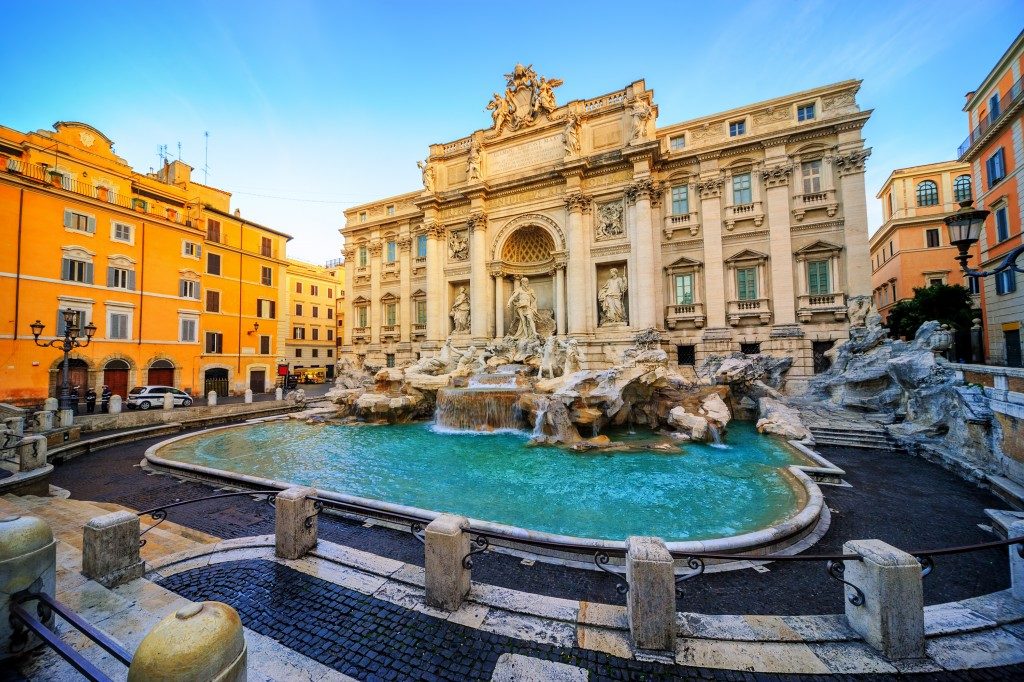Designer staircases are some of the underrated components of any building. Who can remember them when offices now have elevators? With so many things on people’s minds, do they even have the time to think about the value of each step?
These stairs, however, are not only functional; they can also be aesthetically appealing, impressive, and iconic, giving a whole new dynamic to an otherwise dull structure. Most of all, they can help define the space like what these designer stairs did:
1. Titanic Grand Staircase
For some people, nothing else defined the luxury of RMS Titanic than its elaborate pair of staircases, collectively known as the Grand Staircase. Only reserved for the first-class passengers, it connected five levels before transitioning to ordinary steps down to F deck.
They were ornate with prominent wood carvings. They also featured oak panels and cherubs made of bronze, which also served as lamp supports. Adding to its glorious, magnificent feel were the glass domes overhead, which allowed natural lighting to seep through the public rooms.
2. Bramante Staircases, Vatican
Millions of people visit the Vatican Museums each year, and some of them do so to see one of the grandest architectural masterpieces in Italy: the Bramante staircases named after the first designer, Donato Bramante.
There are two of these: one built in 1505; the other, 1932. Both are within the Pio-Clementine Museum, but the first staircase is restricted to the public unless they receive exclusive access.
They also had the same double-helix design, but they have different purposes. The first one connected the papal palace of the then-pope Innocent VII to the rest of the city. The herringbone paving allowed people and mules carrying large items to move with the least interruption, but it also gave the illusion of steps.
The second one was inspired by the first and was built by Giuseppe Momo, and the idea was to allow visitors to ascend and descend without meeting one another.
3. Electro-static Spray-painted Staircase, Macquarie Bank
Modern and eclectic, the spray-painted staircase in Macquarie Bank located in 1MP featured a striking paint hue, thereby creating a nice contrast with its surroundings.
More than anything, it reflects the bank’s thrust towards innovation while it hopes to inspire the employees and visitors to always think outside the box. In each level are sections where people can sit, brainstorm, and collaborate.
4. The Spanish Steps, Rome

A trip to Rome won’t be complete without even sitting in one of the 130+ steps of the Scalina Spagna, more popularly known as the Spanish Steps.
It features a butterfly-shaped design with plenty of irregular sections. It could be that back then, it was only to satisfy its objective: connect the Spanish square, which was used to be Spain’s territory because of the presence of its embassy, to the French’s Trinita dei Monti.
For a lot of people, however, it was both elegant and inspiring, so even the locals flocked there to boost their creativity or hang out with the others. The tradition lives on to this day.
Staircases can be so much more. They can be a lesson of history, culture, and vision. Hopefully, with these in mind, you will never take them for granted again.
